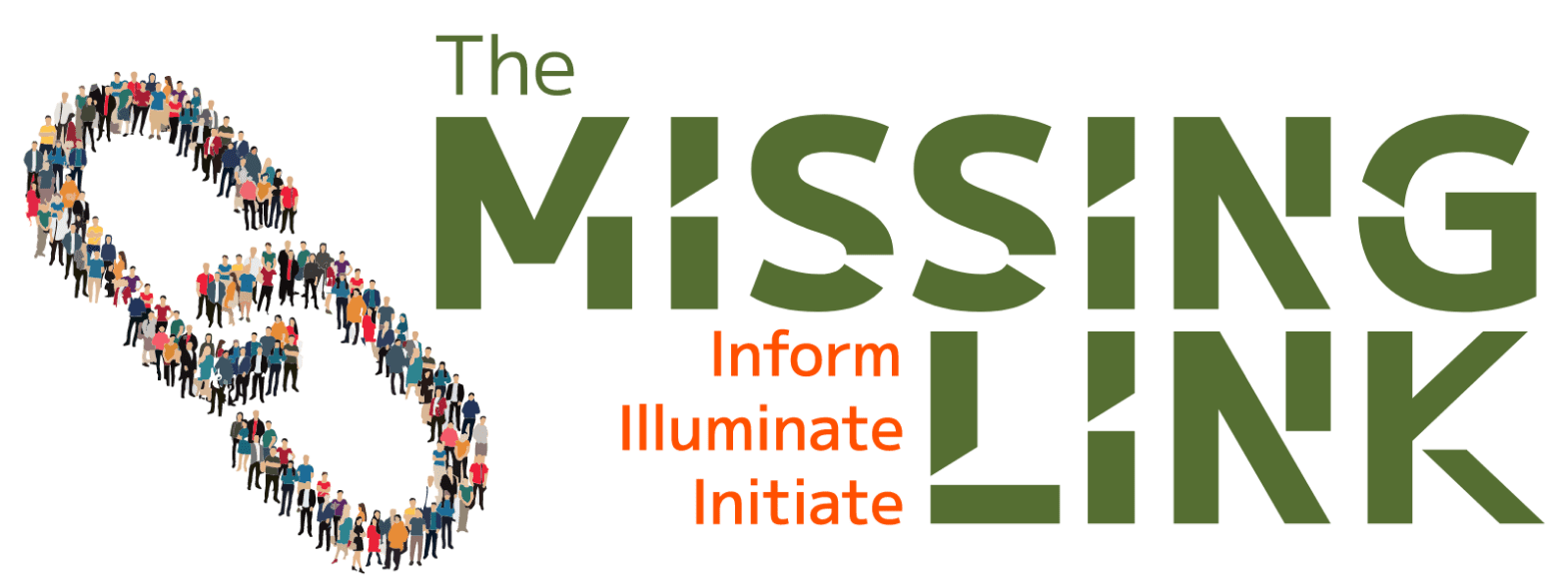Generative AI refers to a subset of artificial intelligence algorithms that are designed to generate new, previously unseen data that mimics some set of existing data. The goal is to produce outputs that are indistinguishable from real data. One of the most prominent types of generative AI is the generative adversarial network (GAN). Generative Adversarial Networks (GANs): A GAN consists of two neural networks: the generator and the discriminator. The generator tries to create fake data, while the discriminator attempts to differentiate between real and fake data. As the two networks “compete” against each other, the generator improves its ability to produce realistic data, and the discriminator becomes better at distinguishing fake from real. Over time, the generated data becomes remarkably close to the original data in quality. Large Language Models (LLMs): LLMs, such as GPT-4 and its predecessors, are a type of artificial neural network designed specifically to understand, generate, and manipulate human language. These models are “large” due to their massive number of parameters (often in the billions), which allow them to store vast amounts of linguistic information. LLMs are typically trained on diverse and extensive text corpora, absorbing vast amounts of information, including facts, narratives, writing styles, and more. They learn patterns in language, grammar structures, idiomatic expressions, and even some factual knowledge. The advent of generative adversarial networks (GANs) and large language models (LLMs) like GPT-4 has significantly impacted various sectors of the global economy and society. It can be compared to the invention of the Internet or the World Wide Web. Their unique abilities to generate high-quality, coherent outputs from diverse inputs have reshaped industries, workflows, and societal perceptions. Below, we explore how these technologies have influenced different domains.
1. Art and Design
Generative AI, especially GANs, has ushered in a new era for art and design. Artists now employ these models to create unique, AI-generated artworks. Notably, the artwork “Edmond de Belamy” by the Paris-based art collective Obvious, generated via GAN, was sold at Christie’s auction house for over $400,000. Moreover, GANs assist designers in generating novel design patterns, architectural models, and fashion designs, streamlining the ideation process and expanding the boundaries of human creativity.
2. Writing and content creation
LLMs, like GPT-4, have revolutionized content creation. Journalists, bloggers, and writers use these models to draft articles, generate creative ideas, or proofread content. The Washington Post’s experimental robot reporter, “Heliograf,” for instance, generated short reports and updates, illustrating an early integration of AI into journalism. In the realm of literature, novelists and screenwriters utilize LLMs as brainstorming tools to develop characters, plot points, or dialogue suggestions, making the creative process more dynamic and collaborative.
3. Research and Data Analysis
Scientific research has benefited immensely from generative AI. GANs can simulate complex systems, leading to new insights. For instance, in drug discovery, GANs model molecular structures, expediting the development of potential new drugs. LLMs assist researchers by summarizing vast amounts of literature, identifying patterns or contradictions in existing research, and suggesting new research angles. They help break down complex concepts into understandable summaries for the layman, democratizing access to knowledge.
4. Business and Commerce
In business, LLMs optimize customer service. Many companies now employ chatbots powered by LLMs, offering instant, accurate responses to customer queries. This not only improves the user experience but also reduces operational costs. Moreover, generative AI is used in product design and development. For instance, automobile companies employ GANs to visualize new car designs, or advertising firms use them to conceptualize unique ad campaigns.
5. Education
The education sector has experienced transformative changes due to LLMs. These models assist in personalized learning. For example, a student struggling with calculus might receive tailored explanations, examples, and quizzes generated by an LLM, catering to their specific learning style. Teachers, too, benefit as they can generate diverse question papers, access instant content summaries, and get assistance with administrative tasks, freeing up time for student interaction.
6. Entertainment
The entertainment industry, especially video gaming, has been enhanced by generative AI. Game developers use GANs to create intricate, realistic environments and character designs. Procedurally generated worlds, where the environment evolves based on AI algorithms, offer gamers novel experiences each time they play. In the film, LLMs aid scriptwriters by generating dialogue or predicting plot coherence. They also assist in generating special effects or simulating crowd scenes.
7. Ethical and philosophical impacts
The rise of generative AI and LLMs has spurred intense ethical debates. The ability of these models to create convincing fake content has raised concerns about misinformation and digital deception. Deepfakes, videos where AI replaces one person’s likeness with another, have been used maliciously, prompting discussions about authenticity and truth in the digital age. Additionally, as LLMs take on roles traditionally held by humans, from writing to customer service, concerns about job displacement and economic restructuring have arisen. On a philosophical level, the rise of machines that can “think”, “write”, and “create” has prompted introspection about human identity, creativity, and the unique attributes that define us.
Conclusion
Generative AI and LLMs have undoubtedly changed the world, touching almost every sector. They’ve catalyzed innovation, streamlined processes, and offered unparalleled convenience. However, their rise also presents challenges, particularly in ethics and job structures. As with any disruptive technology, the key lies in leveraging its strengths while being acutely aware of and mitigating its potential pitfalls. The journey of AI integration into society is a testament to human adaptability and our ever-evolving relationship with technology.


